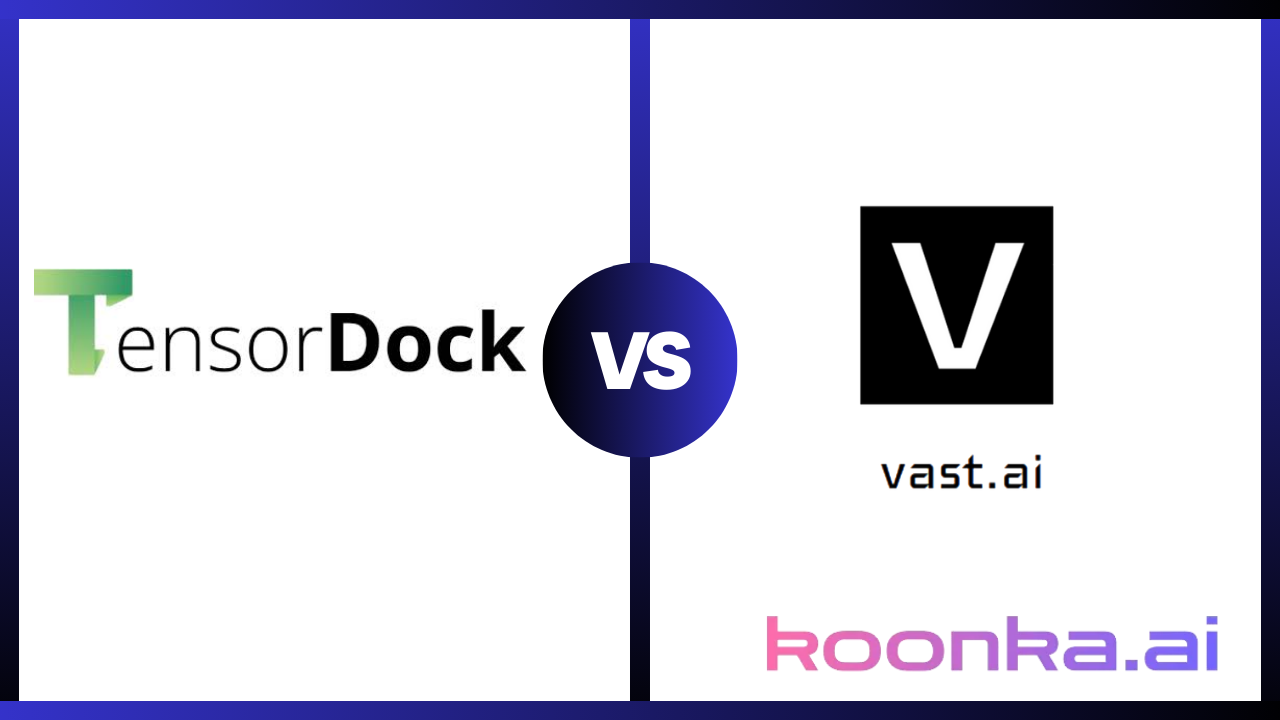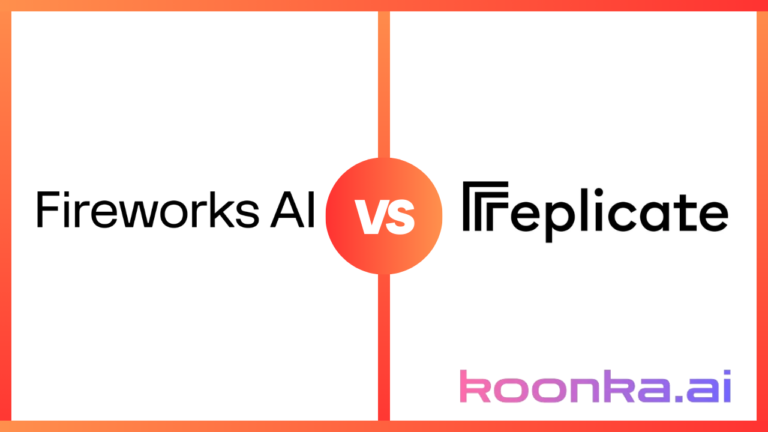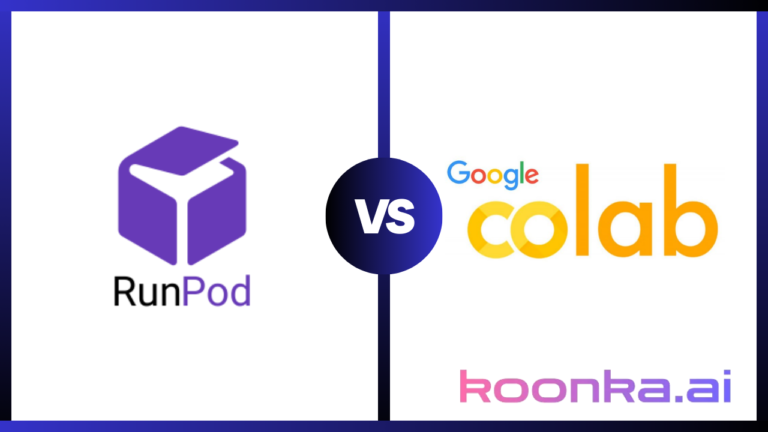TensorDock vs Vast AI GPU Comparison
Cloud GPUs have changed everything. Whether you’re training AI models, rendering high-quality visuals or running scientific simulations, cloud-based GPU services give you power without the hardware cost. But not all are created equal.
Two names that keep popping up? TensorDock and Vast AI. Both offer access to powerful GPUs at competitive prices but they take different approaches. One focuses on affordability and user control, the other on availability and performance.
So how do they compare? Which one gives you the best bang for your buck? In this TensorDock vs Vast AI comparison, we’ll break down their GPU offerings, pricing models and overall service to help you decide.
Table of Contents
Key Takeaways: When to Choose Each Cloud GPU Provider
Choose TensorDock if you need:
- A wide variety of GPU models (over 45 options, including high-end enterprise GPUs).
- Fixed, transparent pricing with no hidden fees or auction-based price fluctuations.
- Dedicated GPU access and full control over your virtual machines.
- Industry-grade reliability with 99.99% uptime standards and vetted providers.
- A global network with GPUs available in 100+ locations across 20+ countries.
Choose Vast AI if you need:
- The cheapest cloud GPUs (thanks to a decentralized marketplace and auction-based pricing).
- A real-time bidding system to get GPUs at the lowest possible cost.
- The ability to choose between hobbyist-run machines and Tier 4 data centers for varying levels of security.
- Interruptible instances for deep discounts on temporary workloads.
- DLPerf Benchmarking, which predicts performance for deep learning workloads.
TensorDock vs Vast AI: Overview Table
| Feature | TensorDock | Vast AI |
|---|---|---|
| GPU Selection | 45+ models, including RTX 4090, A100, H100 | Various consumer & enterprise GPUs, including RTX 3090, A100, H100 |
| Pricing Model | Fixed hourly rates | Auction-based + on-demand pricing |
| Lowest GPU Price | RTX 4090 from $0.35/hr, A100 from $1.80/hr | RTX 4090 from $0.15/hr, A100 from $0.73/hr |
| Highest GPU Price | H100 SXM5 from $2.80/hr | H100 SXM from $2.53-$3.34/hr |
| Security & Reliability | Vetted hosts, 99.99% uptime | Various providers (hobbyists to Tier 4 data centers) |
| Virtualization & OS | KVM-based VMs with full root access | Docker-based container system |
| Scaling Options | Up to 30,000 GPUs available worldwide | Large-scale clusters available via request |
| Deployment Speed | Servers deploy in 30 seconds | Varies depending on provider |
| Networking & Latency | Distributed across 100+ global locations | InfiniBand + SHARP tech for high-performance networking |
GPU Models & Pricing Comparison
TensorDock: Fixed Pricing and Enterprise-Grade Reliability
TensorDock has fixed pricing across a range of high-performance and budget-friendly GPUs hosted in Tier 3/4 data centers for enterprise-grade reliability. This is great for businesses and professionals who need consistent availability without worrying about pricing fluctuations or unreliable providers.
For high-end AI and deep learning workloads, TensorDock has the H100 SXM5 for $2.25/hr, cheaper than Vast.ai’s starting price with secure, high-quality hosting. The A100 SXM4 is $1.80/hr, a balance of affordability and reliability for AI inference, LLM fine-tuning, and large-scale analytics.
For consumer GPUs for gaming, rendering or AI inference, TensorDock has the RTX 4090 for $0.35/hr and the RTX 3090 for $0.20/hr. Vast.ai may list cheaper instances, but TensorDock eliminates the risk of instance termination or inconsistent availability, so ready-to-deploy resources.
For workstation and visualization workloads, TensorDock has the RTX 6000 Ada for $0.75/hr and is the only provider with the RTX A6000 for $0.45/hr. These are great for professionals who need high VRAM (48GB), stable pricing and guaranteed access.
Vast.ai: Flexible Pricing with Variable Availability
Vast.ai is a marketplace where pricing varies based on provider availability. You can find potentially cheaper GPU instances but with the trade-off of inconsistent access and hosting quality.
For high-performance AI workloads, Vast.ai has the H100 SXM5 between $2.53 and $3.34/hr, often more expensive than TensorDock but with InfiniBand networking (3.2Tb/s throughput) for multi-GPU clusters. The A100 SXM4 is between $0.73 and $1.61/hr, with cheaper instances available but they may be interruptible or hosted in lower-tier data centers.
For budget-conscious users, Vast.ai has RTX 4090 for $0.15 to $0.40/hr and RTX 3090 for $0.09 to $0.20/hr. Lower prices come with availability risks, so users may have to wait for an instance to become available or accept lower-tier hosting.
For workstation GPUs, Vast.ai has the RTX 6000 Ada between $0.39 and $0.97/hr, potentially cheaper than TensorDock’s fixed rate but with pricing fluctuations. Vast.ai doesn’t list the RTX A6000, so users need this GPU have to go with TensorDock.
Cost Efficiency
When choosing a GPU rental provider, cost is key, especially if you use high-performance computing for tasks like machine learning, artificial intelligence, and GPU-intensive workloads. TensorDock and Vast AI price differently, each for different users.
TensorDock
TensorDock has a fixed pricing model so you always know what you’ll pay for GPU servers. This is great for businesses that need predictable costs and data security as their workloads are hosted in dedicated servers within bare metal servers in enterprise-grade data centers. With transparent pricing, companies that use cloud computing for remote access to Nvidia GPUs can avoid price surprises and have access to stable hosting services.
Vast AI
Vast AI has an auction-based pricing structure where the cost of GPU rental fluctuates based on supply and demand. This can be a cost-effective option for users who monitor pricing and can wait for the best deal. But, this isn’t ideal for enterprises that need stable pricing for computing power and Windows Server environments. And since Vast AI uses multiple providers, you’ll need to verify the data security of each hosting service before deploying workloads.
TensorDock has a structured pricing model and Vast AI can be a cost-effective alternative for those who can navigate their marketplace. Businesses need to weigh stability vs cost flexibility when choosing the right GPU rental provider.
Infrastructure & Security
When it comes to infrastructure and security, TensorDock and Vast AI are worlds apart for users relying on graphics processing units for heavy workloads.
TensorDock
TensorDock gives a secure and stable environment by vetting all hosts before listing their GPU servers. Every provider on the platform must meet strict data security and infrastructure standards, including a 99.99% uptime guarantee. That’s crucial for businesses running high-performance computing workloads as it minimizes the chance of downtime. TensorDock’s infrastructure is hosted in Tier 3 and Tier 4 data centers so you get enterprise-grade performance and protection for your workloads.
Vast AI
Vast AI offers a more flexible but varied hosting environment. Users can rent GPUs from a wide range of providers from hobbyists running smaller setups to enterprise grade Tier 4 data centers. While this gives you more options and potentially lower prices, security and uptime can vary greatly depending on the provider. Businesses that need consistency may need to choose their hosting carefully to ensure uptime and data security.
Ultimately TensorDock prioritizes reliability and security, Vast AI offers more flexibility at the cost of uptime stability.
Deployment & Usability
TensorDock
TensorDock has a seamless deployment experience with root access, KVM virtualization and ability to install custom operating systems including Windows 10. This level of control is great for developer and enterprise users who need specific software configurations. The platform deploys fast with GPU servers launching in 30 seconds or less so you don’t have to wait.
Vast AI
On the other hand, Vast AI uses a containerized approach with Docker which can streamline some workflows but limits customization. While Docker-based deployment is good for standard machine learning and AI workloads it lacks the flexibility to install custom OS environments.
Users who need full control over their system configurations may find TensorDock’s approach more accommodating. But for those who want a quick and standardized deployment with minimal setup Vast AI’s containerized model may be a simpler option.
Networking & Global Reach
TensorDock
TensorDock operates in over 100 locations in 20+ countries so you can deploy GPU instances near your audience or data sources and reduce latency. The platform’s distributed infrastructure is designed for large scale cloud computing applications and maintains reliable connectivity.
Vast AI
Vast AI has InfiniBand networking which is ultra-fast and high bandwidth for multi-GPU workloads and high-performance computing clusters. But Vast AI doesn’t have a standardized global infrastructure so users may experience varying network performance depending on the provider they choose.
InfiniBand is great for AI training and other heavy workloads but the availability of this networking capability varies across Vast AI’s provider ecosystem so it’s less predictable than TensorDock’s standardized approach.
Instance Types: On-Demand vs. Interruptible
TensorDock
TensorDock offers on-demand GPU rental with fixed pricing so users can get dedicated servers without the risk of being interrupted. This is great for workloads that require continuous uptime like deep learning training, cloud gaming and enterprise applications. Users can rely on consistent performance without worrying about their instance being reclaimed by another bidder.
Vast AI
Vast AI is interruptible though so instances can be stopped if another user bids higher for the same hardware. While this can be cheaper it introduces uncertainty so not good for workloads that require sustained computing power.
Users looking for a cost-effective option for short-term tasks may find Vast AI’s interruptible instances a good option but those who need uninterrupted high-performance computing will find TensorDock’s fixed price on-demand model more reliable.
Final Thoughts: Which One Should You Choose?
Both TensorDock and Vast AI are good options for cloud GPU rentals but serve different purposes.
If you want predictable pricing, verified infrastructure and enterprise-grade reliability then TensorDock is the way to go. If you’re looking for the lowest price and don’t mind some risk then Vast AI can offer some amazing deals.
Ultimately TensorDock is for businesses and professionals who need reliability and Vast AI is for cost conscious users who can handle variable prices.
Choose based on your needs and get the GPU power for your workload.







